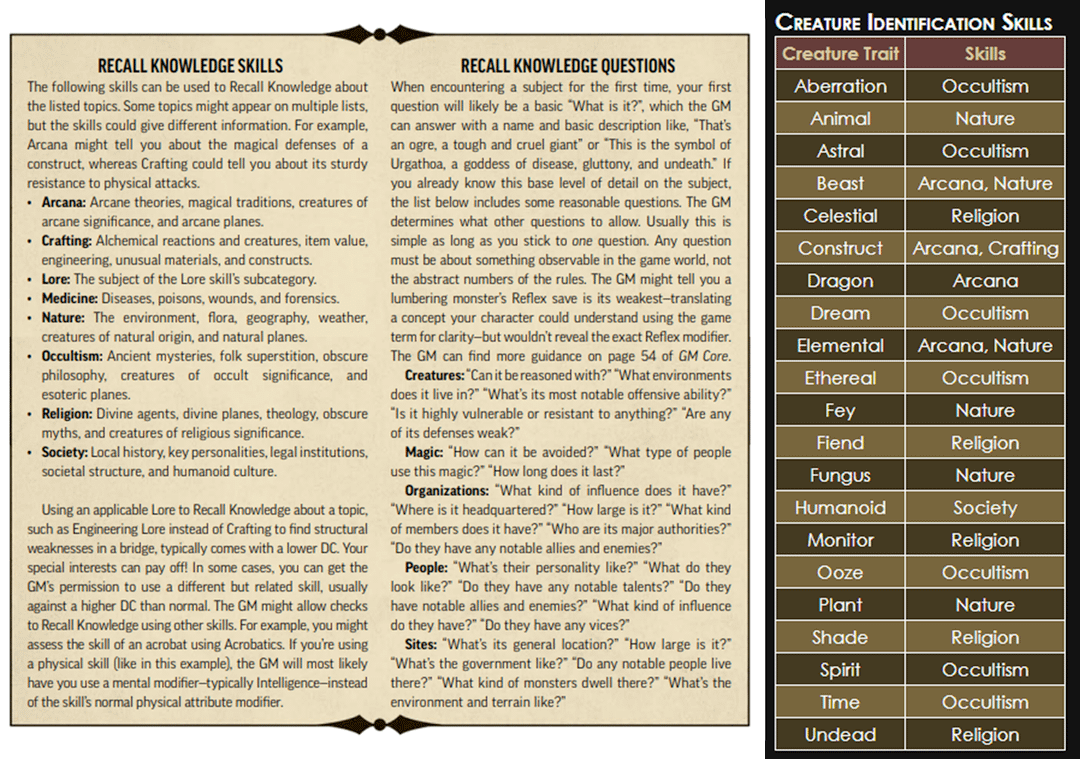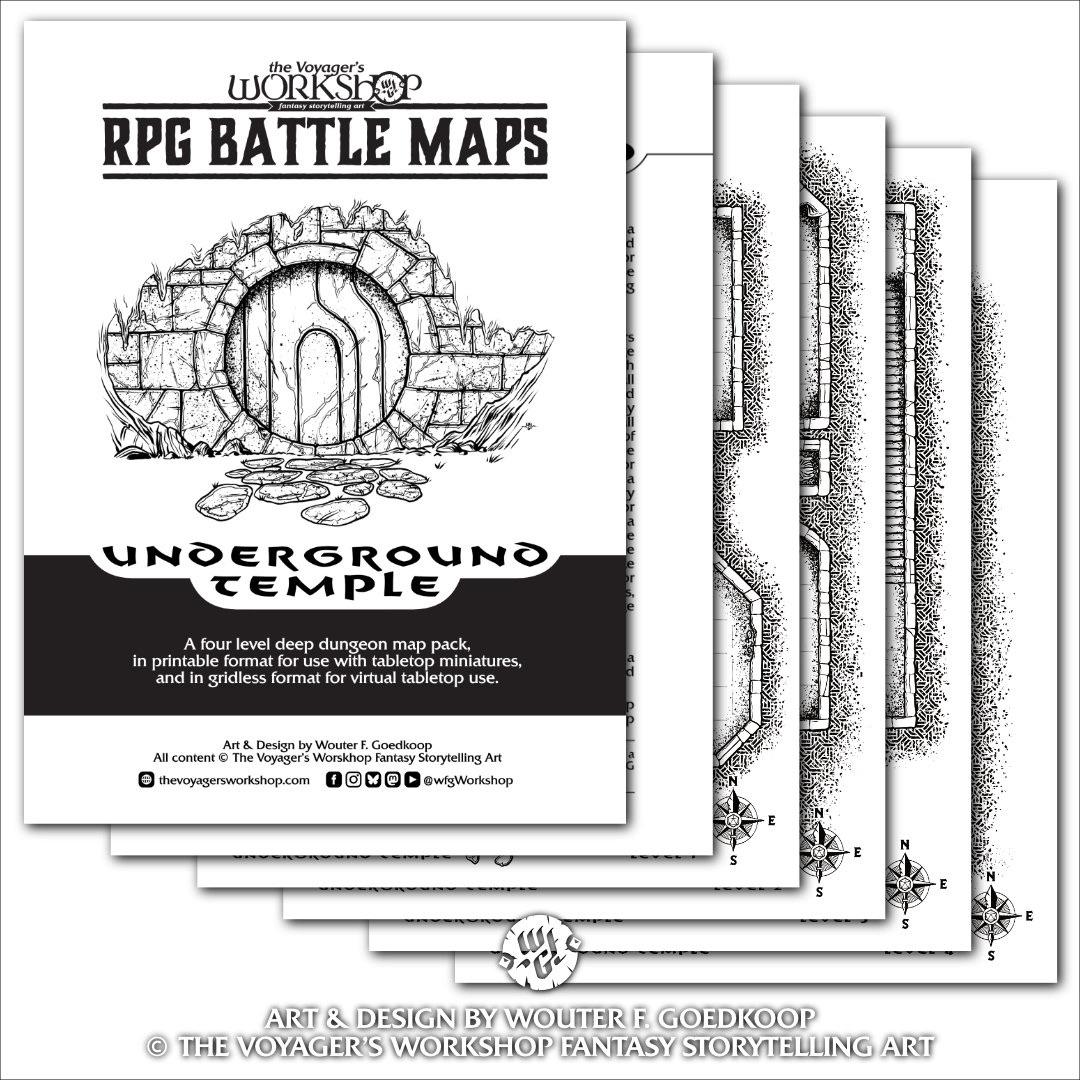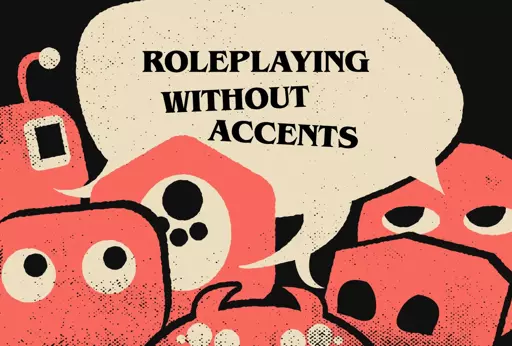Something lost a bit in the amazing images released earlier: Vera Rubin Observatory is a steely-eyed asteroid hunter! It's already found thousands of new ones in just a few nights, and is predicted to find *3.7 MILLION* more.THREE POINT SEVEN MILLIONhttps://badastronomy.beehiiv.com/p/vera-rubin-observatory-will-find-millions-of-asteroids-millions-513f
i got to run some games again, finally!gm vacation was way too long xDwe continued our campaings of #SeasonOfGhosts and #QuestForTheFrozenFlame respectively, and they're both going well very different vibes, but in a way, they are both about keeping your loved ones safe ^^ or at least that's what we're focusing on gosh, it feels so good to be back! #Pathfinder2e #pf2e
A huge cultural difference between Canada and U.S. is this:Americans start conversations with strangers. Every time an American starts a conversation with me, I’m flabbergasted. That simply doesn’t happen in Vancouver—unless they’re hitting on me or trying to assess whether I’m a threat. But in the U.S. random strangers start talking to me—someone they’ve never met—about the wildest things.
Eldritch Osiris Games has posted a free archetype (plus a child archetype!) on their patreon: The Terror Knight, and the Knight Terror.
Patreon:
https://www.patreon.com/posts/terror-knight-v1-131087852
Reddit Post:
https://www.reddit.com/r/Pathfinder2e/comments/1l7dc3v/nightmare_v_15_terror_knight_revisited_rebalanced/
This is a post by Reddit user u/FarDeskFree who, during the Battlecry! playtest defended the Guardian as Good, Actually. Reproducing here in its entirely, for posterity.
https://www.reddit.com/r/Pathfinder2e/comments/1chem84/hot_take_guardian_is_actually_pretty_good_how_are/
I’m seeing a lot of hate for Guardian on this sub and it honestly kind of baffles me. I don’t think the class is perfect or complete but for a playlets I think it is in remarkably good shape. I am actually far more excited about playing one than I am the Commander.
I have played a lot of tanks in this game. It is probably my most common party role and I’ve gotten to do it at level low and high levels, (or at least as high as 16 and counting anyway). Champion has long been one off my favorite classes in the game, but I’ve played just about every tank build imaginable including: Champion, Barbarian, Armor Inventor, Mountain Stance Monk, Earthen-Armored Kineticist, I even played a mostly tanky Fighter for a little while.
In all of those the one thing I never did was optimize to deal damage. Well…. The fighter might be an exception but that’s Fighter, that’s his thing.
It feels like when issues of balance between classes is brought up on this sub, or when people try to talk about how good or bad a class is so much off the conversation is focused around damage output.
I have a whole separate soap-box around how good of a class I think Summoner can be if you stop focusing on trying to do damage with your Eidolon and actually play like a caster. My Angelic Summoner with a divine sorcerer archetype might be the best pf2e healer/support I’ve ever seen, but all that is beside the point.
Back to Gaurdian. People seem to be pretty disappointed in Taunt, and I really don’t get it. The hardest part of playing tank is that once a creature figures out you’re hard to hit, they stop targeting you and aim for your backline. Taunt is the best remedy for this I’ve seen. People keep comparing it to Barbarian (especially Giant Barb) but I really don’t think it’s a fair comparison. Yes, you take a -2 to that creature, so it looks similar on paper, but lets also keep proficiency in mind.
Barbarian get’s expert AC at 13th level and never even hits Master.
Fighter gets Expert AC at 11th level and Master at 17th.
Champion (the previous AC champ) goes Expert at 7th, Master at 13th, and Legend at 17th.
Prior to this playlets, Champ and and Monk were the only classes in the game to get Legendary AC.
Guardian picks up expert at 5th level, Master at 11th, and Legendary at 15th!
So looking back at comparing this to a Barb’s rage feature, By the time the Barbarian even gets Expert in AC, Guardian is two levels shy of Legendary. -2 AC might look similar on paper, but prof has the Guard ahead by somewhere between +2 and +4 depending on what level we make the comparison.
Not only that, but the Barbarian has a penalty to their AC against everybody, and Taunt only gives a single enemy that buff, and we haven’t touched on the buff that Taunt gives to your whole team.
You effectively increase all of their ACs by 1-3 depending on a roll, and that’s 1 on a monster rolling a success, they have to crit your class DC in order for your team not to get the benefit. So let’s look at how that DC scales. Turn out it actually scales identically to Champion with Expert at 9th, and Master at 17th. This is about 2 levels after the full spell casters get their increased to Spell DC.
You will not that I said “Effectively” increases, and that is a very important distinction. In actuallity the emery is taking a penalty to their attack roll, which is actually a huge difference because that means that it stacks with all kinds of other AC buffs that your buddies could have. It stacks with the Protection/Circle of Protection spells, it stakes with shields, it stacks with Rallying Anthem, it stacks with weapons that have the parry trait, it stacks with the Dueling Parry feat line. It really can’t be overstated how good this is. It is very difficult to find stackable AC buffs in this game. A Guardian and Bard together could in theory buff their whole party’s AC by +6 in addition to whatever Shields and other things they’ve got going on between a crit fail on Taunt and a Critical success Fortissimo Composition of Rallying Anthem. That turns a severe boss encounter into a big wet noodle!
So to sum up, you have the best AC in the freaking game, which you can choose to lower down to EVERYONE ELSE’S AC in order increase your whole party by 1-3 and you can just keep doping this every damn turn. The baddie is defending with a Will save, which is typically a low save for big bruisers who it hard. Let’s also mention here that Taunt gives you a circumstance penalty to AC, which doesn’t stack with Off-Guard so if you were already flanked, it isn’t even a penalty.
All this is really only talking on that one mechanic though, there are so many other cool little things in there. Here’s a non-exhaustive list:
You get armor spec. out the gate, compared to Champion who has to wait until 7th level, and fighter at 11th.
You then get greater armor spec, which doubles your resistance from the previous ability as of 13th level.
The Mitigate Harm Threat technique is awesome! The worst part of lowering your AC to your Taunt target is not getting hit more, it’s getting crit more, which this gives a specific resistance to that scales overtime.
The Raise Haft feat lets you parry with a 2 handed weapon, and if the weapon already had the parry trait (such as a Bow Staff, or fucking Mithral Tree) it increases the parry from +1 to +3. For those keeping track at home, that more than offsets your penalty from Taunt and is better than a shield, albeit you don’t get to mitigate damage with Shield Block with a Parry weapon, but that also competes with Intercept Strike for your reaction. So… shrug I guess.
There are so many other really cool and narratively dynamic feats for soaking damage and pushing people around and protecting your allies.
TL;DR: this class looks effin’ great and y’all crazy.
u/Teridax68 is back again with more homebrew. This time, they’ve published a number of Witch archetypes and variant rules.
Quicker Familiar Resurrections: Should your familiar happen to find themselves dying too often, particularly from massive damage at early levels, this variant lets you regain the larger part of your class features within the adventuring day at a price. By trading a portion of your soul to your patron, you doom yourself and regain your familiar, or wound yourself if you’d prefer a less harsh condition.
Universalist Casting: As a more extreme variant, should you wish for ultimate spellcasting versatility, you can choose to cast any spell as an occult spell. You must still learn spells as normal, though, and lessons require you to learn a spell as a prerequisite instead of giving you that spell for free. This is a significant power boost to the class, and as the variant itself mentioned, you’ll want to coordinate with your fellow casters if implementing this variant to avoid treading on their toes, even if they will still have major class features you’ll lack.
Gunwitch Class Archetype: Basing itself off of the runaway success of the Gunwitch NPC, this class archetype changes your Witch’s familiar to a firearm, trading off your focus spell for the ability to fire bewitched shots. Additional feats let you opt into Gunslinger feats more easily, gain more abilities from the Gunwitch’s stat block, enhance your firearm familiar even further, or empower yourself to shoot even faster and perform devastating gun finishers.
Hexed Witch Class Archetype: For the player wanting to more out of Witch’s Armaments and more of a hag flavor out of their Witch, the Hexed Witch transfers a great degree of your spellcasting power into martial effectiveness, making you a wave caster much like a Magus or Summoner. Archetype-exclusive feats let you attack through your familiar, increase the synergy between your unarmed attacks and spells, and even let you cheat death by clawing your way out of your own familiar.
Homebrewery Link:
https://homebrewery.naturalcrit.com/share/iSHitCH_cnMp
Original Post:
https://www.reddit.com/r/Pathfinder2e/comments/1l2co9x/witchy_variants_ft_the_gunwitch/
My players have semi-open access to a wide area, and sometimes I want to send them to specific quest givers. Can anyone suggest in-world methods to get a message to someone in an unknown location? I know about Sending and Dream Message for higher level NPCs, and Animal Messenger. But it doesn't need to be an explicit spell - the postman from Legend of Zelda would do if there's a way to explain how he finds the party.#Pathfinder #PF2e #ttrpg
u/Teridax68 has put together a short Summoner subclass to allow you to play as a pair of identical twins.
This one-page brew does exactly what it says on the tin: I’ve seen quite a few requests over time for an Eidolon that looked and felt like a Summoner’s twin, and tried to implement just that. The implementation is also fairly straightforward: you and your twin have a complementary set of skills, and as your bond with your Eidolon strengthens, so does your ability to use your skills in sync with one another. As an added bonus, if you want to play as identical twins, you get the option to do just that with a 1st-level evolution feat.
Homebrewery Link:
https://homebrewery.naturalcrit.com/share/2daB5ImxPuJY
Original Post:
https://www.reddit.com/r/Pathfinder2e/comments/1kwktoo/twin_eidolon_fight_as_a_complementary_pair_of/
A variant combat system from u/Carpaccio1, focused on streamlining Theatre of the Mind encounters for roleplay-first tables.
PDF: Quick Encounters-fine.pdf
Original Post:
This variant rule shortens encounters dramatically, while keeping the aftermath. Using the theater of the mind, Game Master and players plan the combat, check the success of their strategies and discover the results.
Sometimes fighting is unavoidable: you might fail to find an agreement with some mooks or take a wrong turn in a dungeon. Time is of the essence in a session, but you don’t want to handwave a battle that might be challenging.
This variant rule is not meant to completely replace encounters, but to allow a faster transition to the big showdown. It suits a campaign more focused around story and characters.
https://www.reddit.com/r/Pathfinder2e/comments/1kz9v1g/finish_a_fight_in_10_minutes_the_quick_encounters/
Original Link to PDF:
https://mega.nz/file/iRMTXDbZ#9XIjsTE6fZlRzzz_C5eqUSwgWr2krI3LC7_ITK5ybiI
-
-
Session Zero
Welcome to the party! Introduce yourself to the community and familiarize yourself with the house rules.
-
Pathfinder
A forum where Adventurers can discuss learning, running, and playing Pathfinder Second Edition.
-
-
Welcome
Welcome to the Wandering Adventure Party, a Pathfinder 2nd Edition community with a focus on casual tables, character/fiction driven play, and roleplaying. Pull up a set at the table, and introduce yourself!
Don't forget to get acquainted with the forum rules and basic netiquette before posting!





